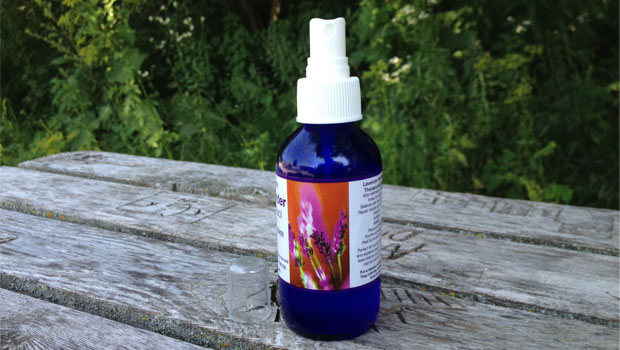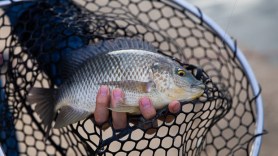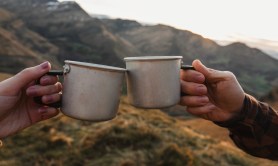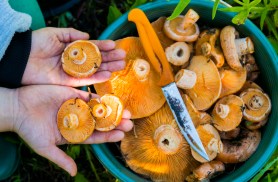

I’ve loved camping since I was very young. Growing up, my family and I used to camp at a Minnesota state park that was just about 30 miles from the town in which I was raised. Though there was always an electricity-bearing camper and running water nearby, I’ve always preferred sleeping in a tent. I love falling asleep to the sounds of nature, whether it’s crickets, frogs, coyotes, or all three at once. Lucky for me, I married a guy who also enjoys camping, and these days we usually go once or twice a year.
Videos by Outdoors with Bear Grylls
Looking back on all my childhood camping experiences, I don’t remember worrying much about bugs. Maybe it was the campground we frequented, the fact that I was always near a campfire, or that I was a kid and just didn’t care (or all of the above). I only remember using bug spray a handful of times back then, and that was only when the bugs were unbearably bad. Now as an adult, bug spray is one of the top items on my list of things to pack. I know it’s because I’ve gone soft as I’ve aged, but I like to tell myself that my blood has sweetened over the years.
About 4 years ago, I became concerned about harmful chemicals in personal care products and their cumulative effects on the body. Since transitioning to cleaner products, I’ve stopped buying DEET-based bug spray. DEET can be toxic to humans in high levels, and it’s not exactly good for the environment. I usually do quite a bit of online research before choosing a new bug spray (and there are a lot of “natural” ones out there), but I found myself seriously lacking in time before our most recent camping trip. Instead of buying bug spray, I made a batch of DIY Bug Spray out of supplies we already had in our house (the recipe can be found here, on my blog). All the ingredients you see in the recipe can be found at Whole Foods, or any local co-op or natural foods store. The essential oils repel the bugs, and as you can see there are many scent combinations that can be used for this. The rest of the ingredients carry the scent onto the skin and make it easy to apply. Vegetable glycerin and carrier oil assist in moisturizing and creating staying power for the spray. Even with these two helpers, however, the spray does need to be reapplied more often than its DEET-containing counterparts.
Overall, I’m pleased with how this bug spray turned out. It isn’t greasy or oily, and I enjoy its somewhat medicinal scent. In the interest of full disclosure, I must admit that it failed miserably in protecting us from gnats. Unfortunately for us, we were camping in an area containing a freakishly large gnat population due to recent flooding. I had never seen so many gnats in my life. Our friends who used DEET-containing spray reported being bothered by the gnats, too (seriously, are they repelled by anything? After this past weekend, I’m not so sure). These gnats, the terrible awful creatures they are, were the only bugs giving us trouble all weekend; we were completely protected from mosquitoes and other bugs. I had the opportunity to test this at home in our backyard once we returned home, and it seemed to work just fine without the swarms of gnats.
I will definitely make this bug spray again. I like it because it’s easy to make and the blend of essential oils is customizable. And because it’s DEET-free, we can feel good about using it.









